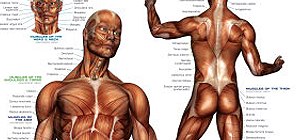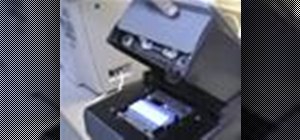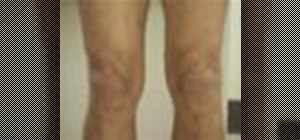Whether your training to be a doctor or a nurse, there is no doubt that this video lesson will help you better understand the procedure for musculoskeletal examinations. Musculoskeletal exams rely exclusively on inspection and palpation and tests using a combination of those techniques. The main purpose of this exam is to identify in your patient any signs of musculoskeletal disease, by way of pain, redness, swelling, warmth, deformity, and loss of function. Watch this video to see the entire examination procedure, perfect for medical students.
General: Preparation, Inspection, Palpation:
* Patient in gown or loosely dressed
* ALWAYS begin each joint exam with inspection for asymmetry, deformity, atrophy
* ALWAYS compare each joint and muscle group bilaterally
* Palpate each joint and muscle group in sequence
* Isolate each axis when testing ROM
* Identify 6 cardinal signs of musculoskeletal disease: pain, redness, swelling, warmth, deformity, loss of function
Neck:
* Palpate over each spinous process and paraspinous muscle groups
* Measure ROM in 6 axes
Shoulder:
* Palpate: clavicle; A/C joint; corocoid process; scapula; glenohumeral joint; long head of biceps
* Measure ROM in 6 axes (active and passive): abduction, adduction, flexion, extension, internal rotation, external rotation
Elbow:
* Palpate: medial and lateral epicondyles of the humerus, the olecranon, the grooves between the epicondyles and the olecranon
* Assese range of motion for flexion, extension, supination and pronation
Wrist and Hand:
* Palpate interphalangeal joints
* Perform ROM (active and passive) of wrist, thumb, and fingers; isolating each axis of motion
* Thumb abduction and opposition
Go to OPETA for the rest of the written instructions, including the back, hip, knee, ankle, foot, and strength testing against resistance, along with all of the special considerations.
Just updated your iPhone? You'll find new emoji, enhanced security, podcast transcripts, Apple Cash virtual numbers, and other useful features. There are even new additions hidden within Safari. Find out what's new and changed on your iPhone with the iOS 17.4 update.




























Be the First to Comment
Share Your Thoughts